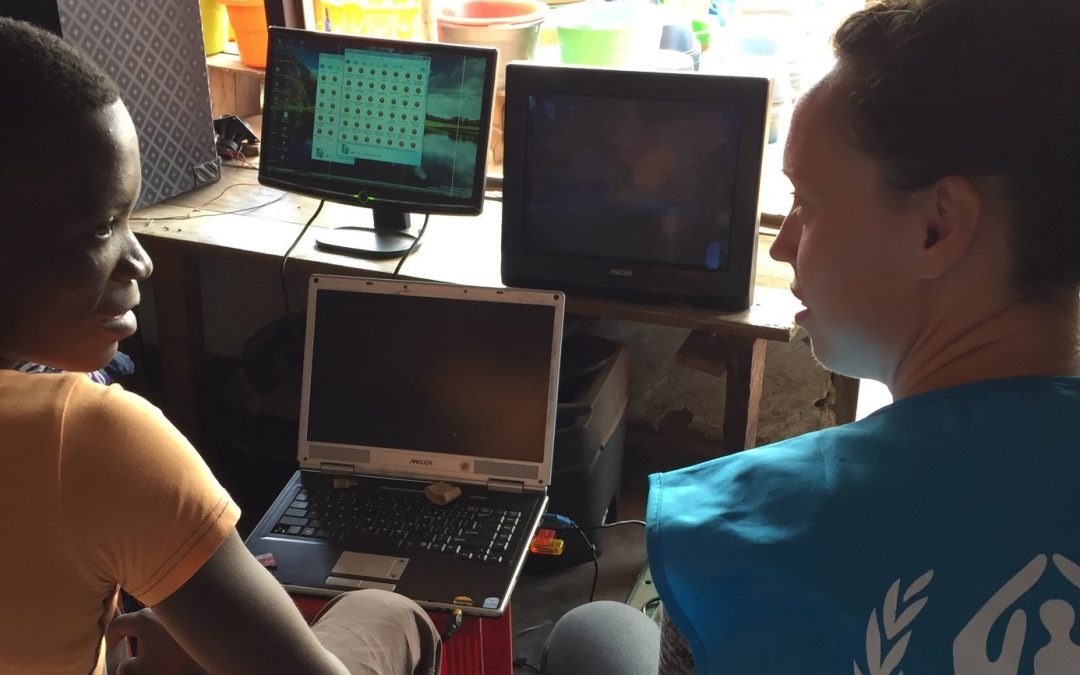Technical Top Trumps
Having never worked with an innovation unit -let alone been in an innovation ‘Lab’ before-it’s fair to say I had an ‘innovation complex’ when starting as the Emergency Lab Manager. For many, innovation is synonymous with the use of technology. Previously I’d experienced competitions between ‘innovative individuals’ playing ‘Technology Top Trumps’ on who has the latest gadget. I don’t fit in with this club. I answer: ‘functional French’ to confused software engineers when asked what my ‘language’ is. So, when an external ‘Innovation Specialist’ dismissed the Emergency Lab’s projects in Europe as ‘not very innovative’ the self-doubt certainly deepened.
Then, I went to Malawi.
Innovation on a Shoe String
Malawi provides a level playing field for the code illiterate amongst us. It ranks among the world’s least developed countries. According to a 2015 national survey by the Malawi Communications Regulatory Authority (MACRA), less than 31% of rural Malawians own a mobile phone and rural internet access is less than 4% per household. So, what does ‘innovation’ look like in this context?
In early May, The Emergency Lab was invited by the UNHCR Malawi operation to support Communications with Communities (CwC) in response to recent arrivals from Mozambique. As of 27th April 2016, there were over 10,000 new arrivals registered. This is a community with very low levels of literacy and extremely limited access to mobile phones. In this context, the UNHCR Malawi operation and partners needed to ensure the community was well informed about relocation to a newly established site. Questions about the relocation needed to be answered, and rumors about the new site addressed. The Emergency Lab worked with the operation and partners to speak to over 100 refugees, to better understand their information and communication needs, what channels of communication they trusted and how we could support them to be better connected.
Radio – for current affairs and entertainment – came up as a critical communication channel in all our conversations. Ownership of radio sets was rare, but when we did find them they were normally cheap, portable sets being used to play music off an SD card. Why an SD card? I’d never seen this before in other contexts; I’d only seen pre-loaded USB sticks for sale. My Emergency Lab colleague – John – explained: you can ship almost ten times as many SD cards to one USB stick. In a land-locked country like Malawi this has obvious price implications.
For an innovation to be adopted, it needs to be accessible; price is key.
Using a pre-existing cheaper technology as an alternative to a USB stick with an $8 plastic radio is innovative.
Innovative or just a Nice Idea
One of The Emergency Lab’s more silicon-valley orientated partners explained to me how an ‘innovative product’ that isn’t being used is nothing but a nice idea – or even an opinion. It’s just a concept. Working with ‘users’ to understand the challenge and the context is essential if a product is going to be used.
I believe that, in Malawi, refugee-led solutions to the communication challenges are more likely to be firmly grounded in field realities and adapted to their needs. A Mozambican refugee will never use a USB stick if it remains too expensive and radio sets aren’t available to play it. In this context, ‘upgrading’ to a newer technology is at best duplicative and difficult, or at worst digitally dividing.
Forget labels: Does it work?
The Emergency Lab is mandated to listen to refugees. It has a focus on Communicating with Communities and the missions are aligned with human-centered design processes. By engaging communities to directly define and develop their own solutions the Emergency Lab supports people to be at the center of project work.
If the solution refugees develop successfully uses available resources, collaborations and capacities to identify and address challenges, does it matter that it’s not considered ‘innovative ‘by an outsider? I’d argue: absolutely not. Who are we to judge what has worked and whether a challenge has been overcome? In my opinion, an external stakeholder labelling a process as ‘innovative’ reinforces the age-old paternalistic aid paradigm that we urgently need to shift.
So, does everything we consider innovative need a code base, API or an app? No.
I definitely learnt a lot in Malawi. When I’m next asked if The Emergency Lab’s projects are ‘innovative’, I’ll be sure to quickly answer: ‘Don’t ask me, ask the user’.
We’re always looking for great stories, ideas, and opinions on innovations that are led by or create impact for refugees. If you have one to share with us send us an email at [email protected]
If you’d like to repost this article on your website, please see our reposting policy.

